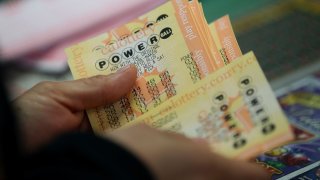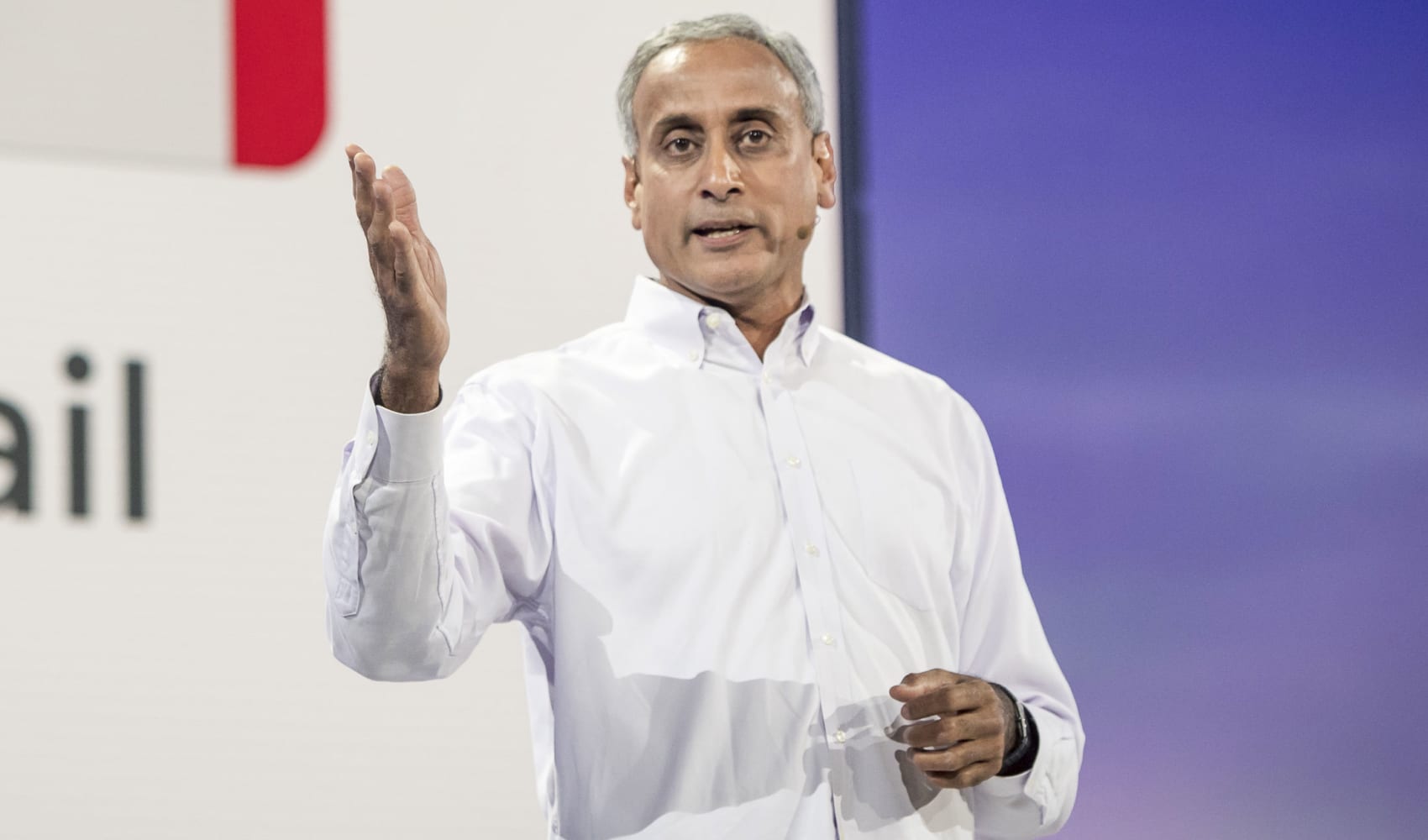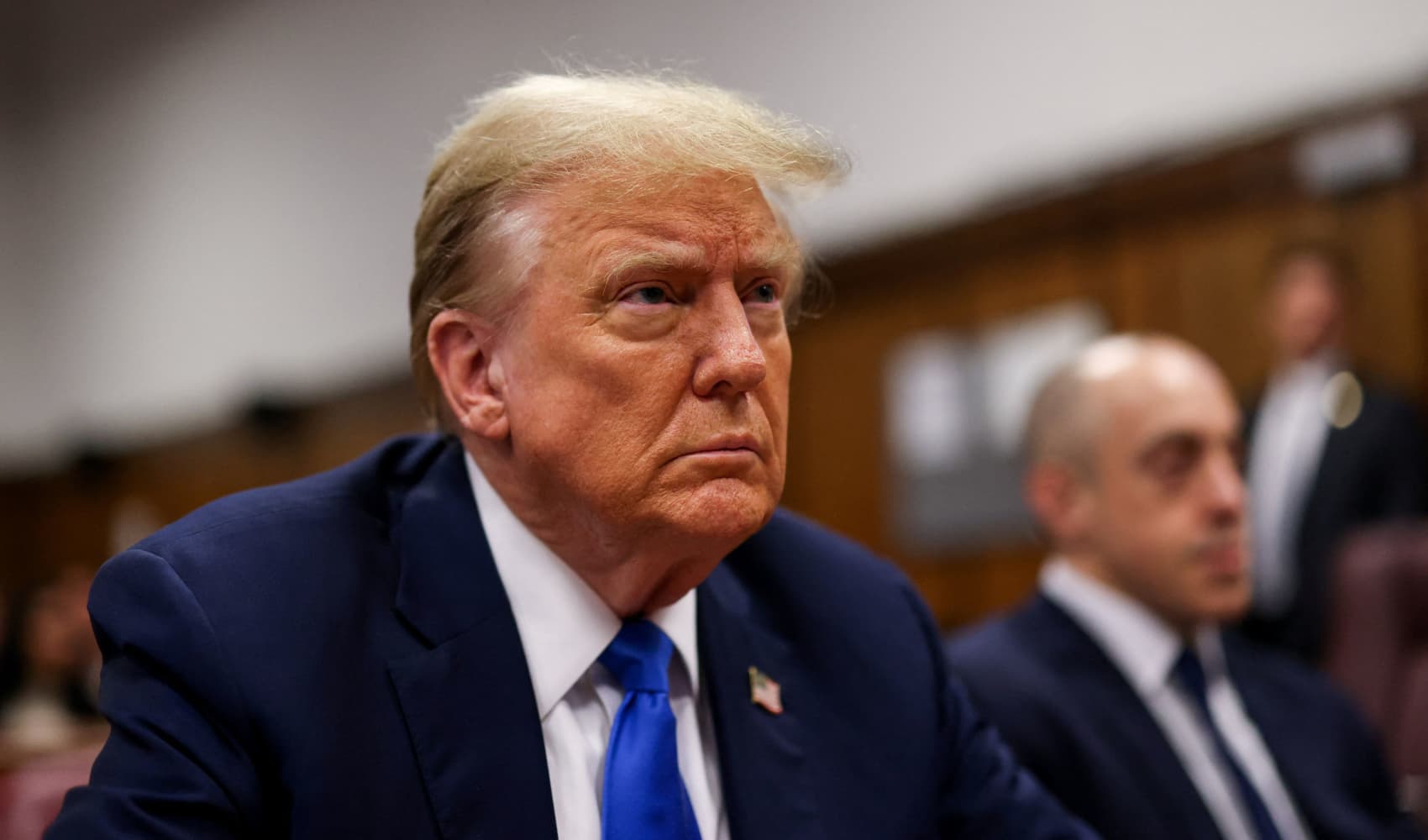
If you feel like you're seeing more and more lottery prizes top the $1 billion mark, you're absolutely right.
The jackpot for Tuesday night's Mega Millions drawing has surged to $1.1 billion, after no players claimed the top prize in Friday's drawing. It's the sixth time a U.S. lottery prize has reached 10 digits since 2016, when the first billion-dollar prize jackpot was announced.
The increasing prevalence is actually by design, experts say — and the odds of you actually winning a big jackpot are longer than ever.
Consider this: If nobody wins a given lottery draw, the jackpot money rolls over into the next draw, increasing the size of the pot. Make that lottery harder to win and you can almost guarantee higher jackpots on a regular basis, incentivizing even more people to buy lottery tickets.
Get New England news, weather forecasts and entertainment stories to your inbox. Sign up for NECN newsletters.
Mega Millions and Powerball organizers have gradually made their lottery harder to win for decades, says Victor Matheson, an economics professor at the College of the Holy Cross who studies lotteries.
The biggest change came in 2015, when the lottery added more number combinations to nearly halve the odds of hitting the jackpot. Before then, your odds of winning a Powerball lottery were around 1 in 175 million, Matheson says. Today, those odds are 1 in 292.2 million for Powerball, Mega Millions odds have also gotten longer in recent years.
"They've been running Powerball or its predecessor for [34 years], and they've gradually been making it harder and harder to win," Matheson tells CNBC Make It.
Money Report
How lottery organizers grow billion-dollar jackpots
Making the game harder isn't the only strategy that organizers use to juice the jackpots.
The nonprofit Multi-State Lottery Association (MUSL), which runs a group of lotteries including Powerball, has started directing more of its revenue from ticket sales toward the jackpot, rather than smaller prizes, Matheson says — even as those smaller amounts have become easier to win.
MUSL has also steadily expanded Powerball's footprint. The game now sells tickets in 45 U.S. states, including 14 states added since 2009.
Much of that expansion stems from MUSL's 2009 agreement with the consortium of states that operate the Mega Millions lottery. Previously, the two lotteries operated exclusively in separate states, and their agreement paved the way for bigger jackpots for both Powerball and Mega Millions.
Mega Millions followed Powerball's path in 2017, both increasing ticket prices and adding more number combinations to grow jackpot sizes. Mega Millions' odds also jumped as a result: Your current odds of winning are 1 in 302.5 million, down from 1 in 259 million.
More recently, rising interest rates are also helping lottery operators offer bigger jackpots.
A lottery's advertised jackpot size is based on the amount a winner would receive if they chose to be paid out in an annuity over the course of 30 years. Higher interest rates during a drawing means a higher total payout from that annuity fund, MUSL's website notes.
By contrast, a lottery's lump-sum cash option is directly fueled by ticket sales. The lump sum for the current Mega Millions jackpot is $568.7 million, which would result in an annuity fund that ultimately pays out $1.1 billion over three decades based on the current interest rates.
In November, when one Powerball jackpot stood at $1.2 billion with a lump sum option of nearly $600 million, the "same cash value, if you were doing it at the lowest interest rates back during the Covid recession [in 2020] might have only purchased about $800 million worth of advertised value back then," Matheson noted.
Will jackpots keep getting bigger — and what does it all mean for you?
Today's lottery operators have found a sweet spot by "having an odds that are roughly the same size as the population being served," Matheson says. Powerball's odds are 1 in 292 million, and the combined populations in the states where tickets are sold equal nearly 320 million.
The result: A game that produces eye-popping jackpot numbers while being won just "frequently enough that we don't lose hope," Matheson says. "Because the lottery is all about selling hope."
That also means organizers don't have much reason to keep making lotteries harder to win, unless jackpot sizes continue to grow too. Bigger jackpots would probably involve higher ticket prices or expansions to more states, and only five U.S. states don't already sell Powerball or Mega Millions tickets.
Their combined population is relatively small, too: roughly 13.5 million people.
The good news for lottery players is that when MUSL changed its format to make jackpots harder to win, it also made smaller prizes easier to win — as a way to temper people's disappointment at not taking home millions, Matheson says.
But getting a $4 payout off a $2 lottery ticket isn't exactly the most appealing prize, which is why lottery organizers are willing to divert more of their revenue toward bigger jackpots.
"[That] is why everyone plays the game, for those big jackpots," Matheson says. "You're not writing any stories about the person who won $4."
This story was updated on Jan. 9, 2023.
Sign up now: Get smarter about your money and career with our weekly newsletter
Don't miss:
Here's how large of a lottery jackpot you'd need to quit your job and retire early
A Harvard statistics professor talks lottery odds






